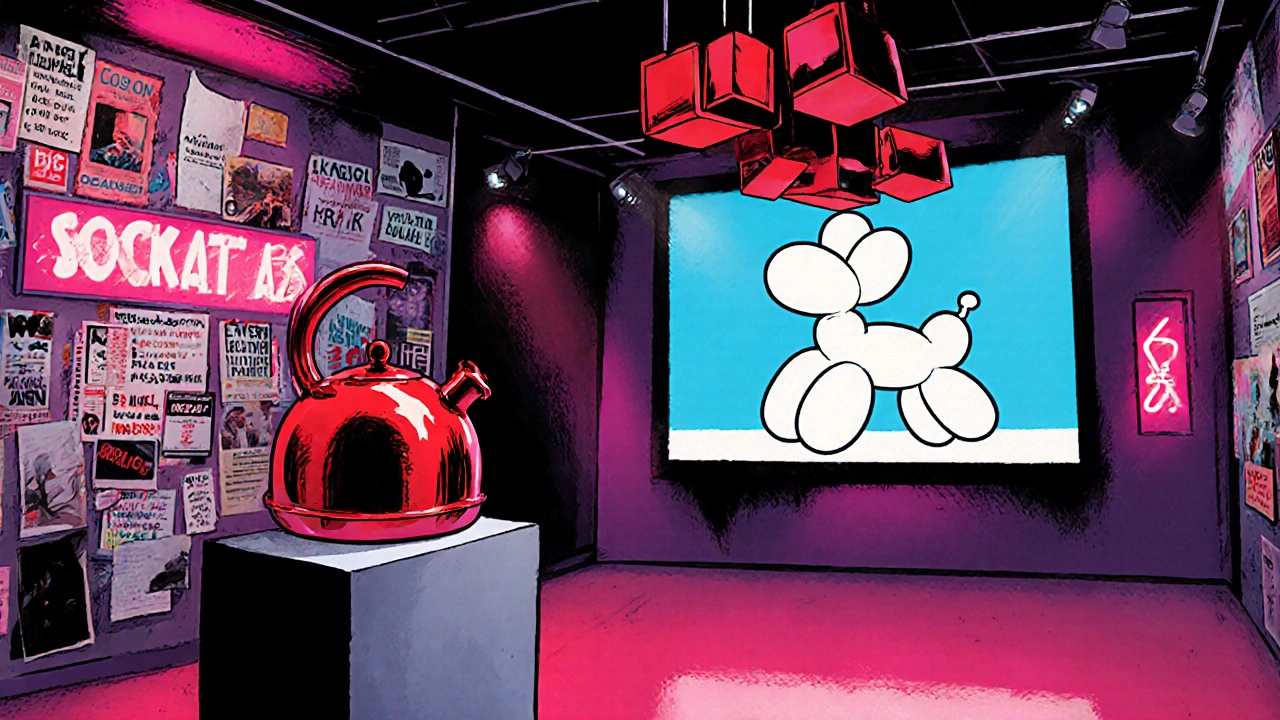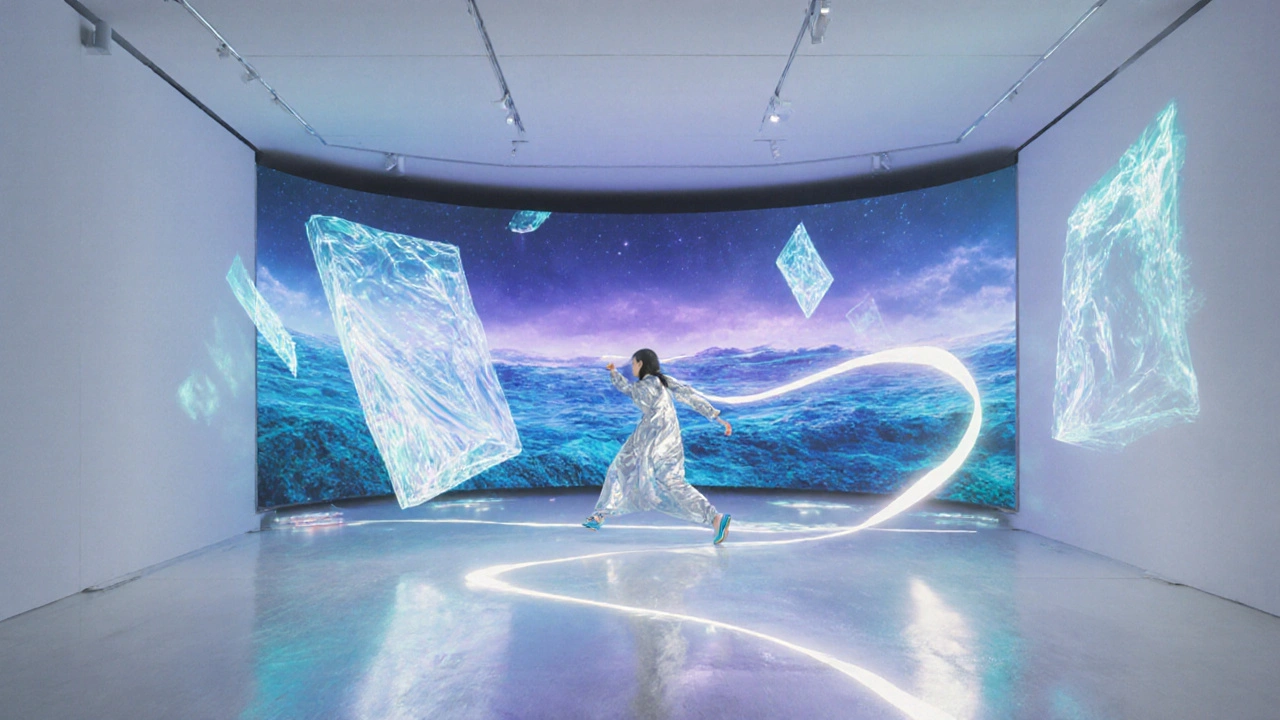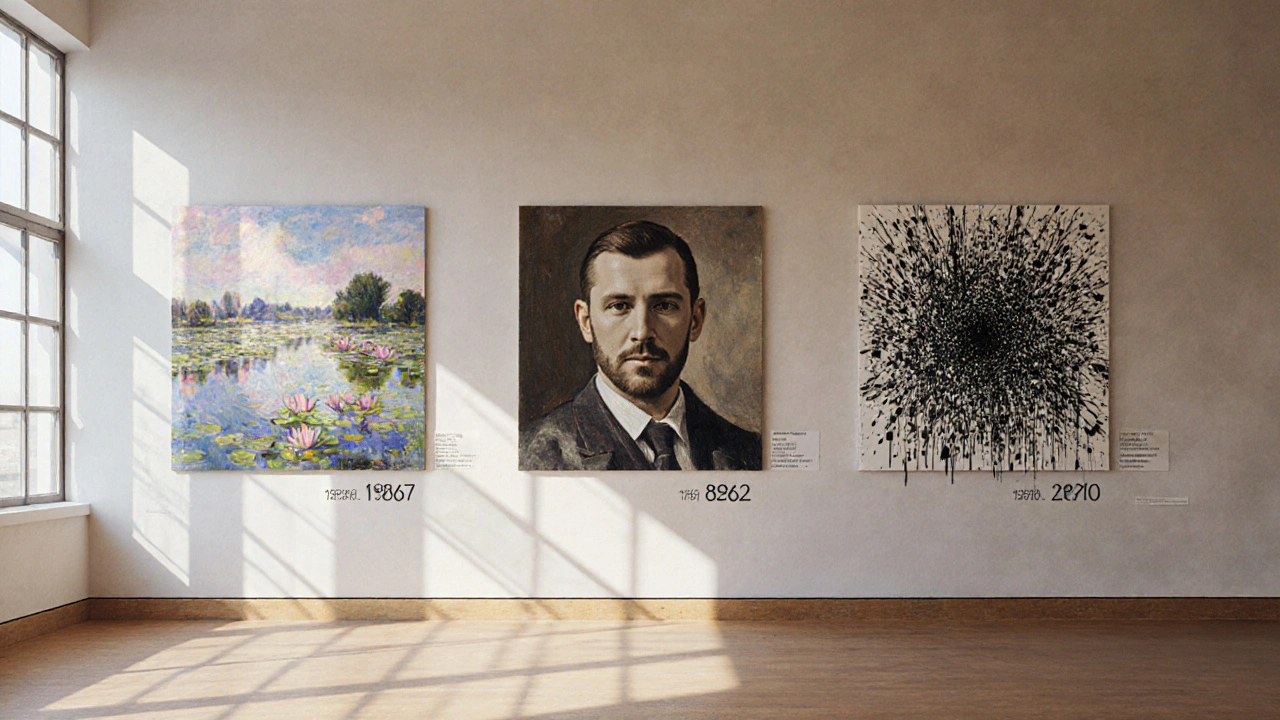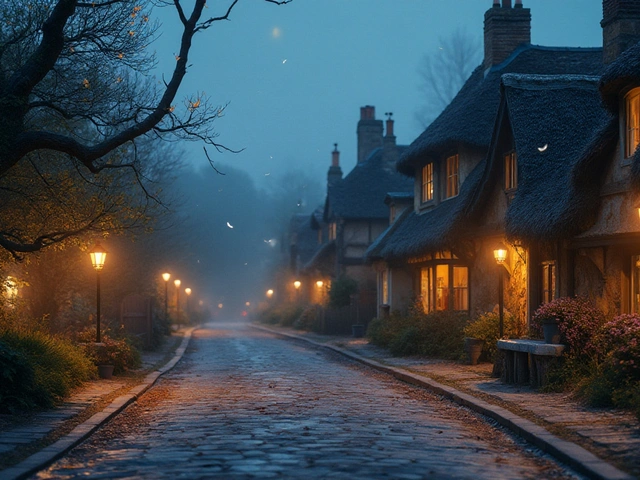Contemporary Art Timeline Explorer
Explore the evolution of art movements through time. Click on each period to learn more about its characteristics and notable figures.
Modern Art Movement
Focus on breaking with tradition, pure abstraction, and experimentation with form and color.
- Impressionism
- Cubism
- Abstract Expressionism
Notable Artists: Pablo Picasso, Jackson Pollock
Postmodernism
Emphasized deconstruction, irony, pastiche, and the mixing of high and low culture.
- Conceptual Art
- Photography as Fine Art
- Installation Art
Notable Artists: Jeff Koons, Barbara Kruger
Contemporary Art
Interdisciplinary, socially engaged, and tech-driven, incorporating digital media and global issues.
- Digital Art
- Performance Art
- AI-Generated Art
Notable Artists: Ai Weiwei, Yoko Ono, Hito Steyerl
Modern Art
From 1860-1970, focused on breaking traditions and exploring pure abstraction.
Postmodernism
1970s-1990s, emphasizing irony, pastiche, and blending cultures.
Contemporary Art
Since 1990s, integrating technology, social commentary, and interdisciplinary approaches.
Contemporary Art can feel puzzling, but it’s really about what artists are doing right now and why it matters to you. Below you’ll find the basics, the biggest trends, and tips for enjoying or even buying today’s art.
What Exactly Is Contemporary Art?
Contemporary Art is a broad term for visual works produced from the late 20th century to the present day. It spans painting, sculpture, video, performance, digital media, and more. Unlike older movements that followed a strict style, contemporary creators often blend techniques and ideas, challenging traditional boundaries.
How It Differs from Modern and Postmodern Art
Most people lump “modern” and “contemporary” together, but they refer to distinct periods. Modern Art covers roughly 1860-1970 and includes movements like Impressionism, Cubism, and Abstract Expressionism. Postmodernism emerged in the 1970s, emphasizing irony, appropriation, and the mixing of high and low culture.
Contemporary art builds on those histories while inserting current technology, social media, and global issues into the mix.
| Aspect | Modern Art | Postmodernism | Contemporary Art |
|---|---|---|---|
| Time Frame | ~1860‑1970 | 1970‑1990s | 1990s‑present |
| Core Idea | Break with tradition, pure abstraction | Deconstruction, irony, pastiche | Interdisciplinary, socially engaged, tech‑driven |
| Typical Media | Oil, canvas, bronze | Mixed media, photography | Installation, performance, VR, AI |
| Notable Figures | Pablo Picasso, Jackson Pollock | Jeff Koons, Barbara Kruger | AiWeiwei, Yoko Ono, Hito Steyerl |
Major Forms Shaping Today’s Scene
Installation Art transforms entire spaces-think of a room filled with dust, light, or sound that you walk through. It’s about environment as much as object.
Performance Art puts the body in focus, often blurring the line between artist and audience. A famous example is Marina Abramović’s 72‑hour stare‑down with a stranger.
Digital Art uses software, code, and hardware. From GIF loops to AI‑generated paintings, this form reflects our screen‑obsessed lives.
Why the Art Market Matters (And How to Navigate It)
Art Market data from 2024 shows contemporary works accounted for 58% of global auction sales, outpacing modern pieces. Prices can skyrocket for artists who gain museum exposure, but the market is still volatile.
If you’re thinking about buying, start with emerging artists who have solid representation, a clear online presence, and a track record of solo shows. Attend gallery openings, follow reputable art fairs like Art Basel, and consult an independent art advisor for unbiased guidance.

Reading Contemporary Art: A Handy Checklist
- Ask what medium the artist chose and why. Does it enhance the message?
- Notice the context: is the work responding to politics, climate change, or internet culture?
- Look for recurring symbols-colors, objects, or gestures that act like a personal language.
- Consider the viewer’s role. Does the piece invite interaction or observation?
- Check the artist’s statement or interview. Even a short quote can unlock the intended meaning.
Common Misconceptions About Contemporary Art
Many people think contemporary art is just random splatters or expensive jokes. In reality, most creators spend months researching, testing materials, and refining concepts. The idea of “art for art’s sake” still exists, but many works aim to spark dialogue about real‑world issues.
Another myth is that only wealthy collectors can enjoy it. Museums and community centers now host free exhibitions, and online platforms like Artsy stream high‑resolution images and video tours at no cost.
How to Experience Contemporary Art in Your Own City
Start with local galleries-most schedule monthly “first‑look” nights where artists talk about their process. If a large museum has a contemporary wing, look for rotating shows; they often feature up‑and‑coming regional talent.
Don’t overlook alternative spaces: pop‑up exhibitions in vacant warehouses, street murals, and virtual reality installations in tech hubs. These venues let you see how artists adapt to unconventional environments.
Future Trends to Watch
AI‑generated art is moving from novelty to mainstream, with algorithms co‑creating pieces alongside human artists. Expect more collaborations between scientists, architects, and visual creators, especially around sustainability.
Interactive NFTs (non‑fungible tokens) are evolving beyond static images; some now include unlockable AR experiences that change over time. While the hype may settle, the technology opens new revenue streams for creators.
Quick Takeaways
- Contemporary art reflects today’s technology, politics, and culture.
- Installation, performance, and digital media dominate the scene.
- Understanding the artist’s intent and the work’s context unlocks meaning.
- The art market favors emerging creators with strong institutional support.
- Local galleries, pop‑ups, and virtual tours make contemporary art accessible to everyone.

Frequently Asked Questions
What defines contemporary art versus modern art?
Modern art spans roughly 1860‑1970 and focuses on breaking with tradition, while contemporary art covers works created from the 1990s onward, often mixing media, technology, and social commentary.
Do I need an art degree to appreciate contemporary pieces?
No. Asking questions, reading the artist’s statement, and paying attention to how a piece makes you feel are enough to start a meaningful dialogue.
Is contemporary art a good investment?
It can be, but it’s risky. Look for artists with museum representation, steady sales records, and increasing critical attention. Diversify and treat purchases as cultural support, not just a financial play.
Where can I see contemporary art for free?
Many city museums have free admission days. Community art centers, university galleries, and open‑air street festivals also showcase contemporary works at no cost.
How does digital art differ from traditional painting?
Digital art is created with software, hardware, or code, allowing infinite reproduction and interactive features. Traditional painting relies on physical media and is usually a singular, tactile object.




